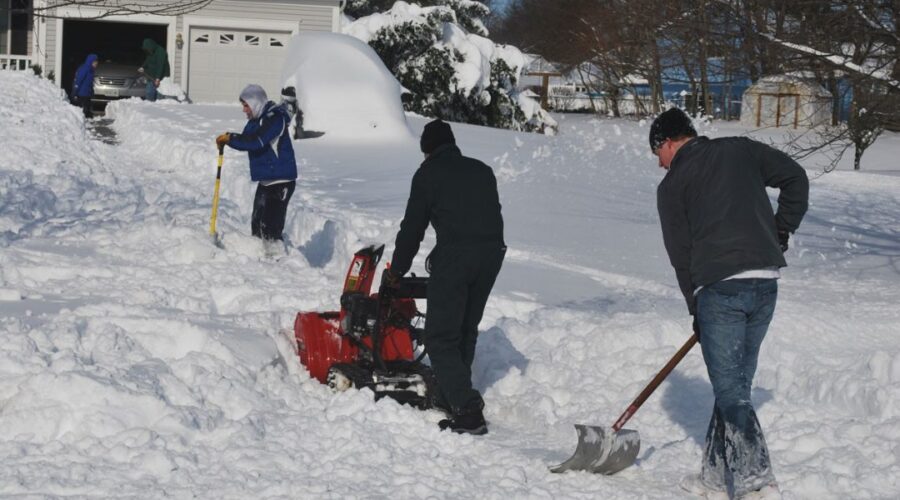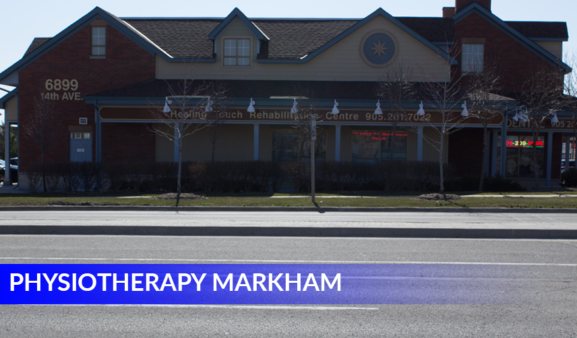Snow Shoveling caused you pain – Physiotherapist is Go-to Health Provider to relieve your pain!
As we are going through climate change and severe snow storms, we felt that let’s make this blog on how to deal with Snow shoveling pain and common injuries from shoveling snow. Injuries from shoveling snow, slips on ice, and cold seem to be common issues we are dealing lately.
With few tips below, you can avoid injuries and incase if you do hurt yourself from Snow cleaning how would you heal from the pain.
What is the proper way to shovel snow?
Once you step outside and start cleaning snow, remember the following:
- Bend your knees and lift with your legs.
- As you lift the snow, keep the shovel blade close to you, to reduce back strain.
- Switch between snow shoveling right-handed and left-handed, so that you’re working different muscles.
Is shoveling snow a good cardio workout?
you can count snow shoveling and snow blowing as a workout. Shoveling snow will work your upper body (chest, shoulders, arms, and back), lower body (quads, hamstrings and glutes), and most importantly you will get great core exercise.
Furthermore, you’ll also get the benefits of cardiovascular training.
Snow shoveling is dynamic cardio exercise that uses muscles in your legs, core, back, shoulders and arms as you work to keep your body warm, walk around, lift a shovel loaded with frozen water, brace your core, thighs and upper body against the weight, and repeat a full range of movement with each toss.
What is the best snow way to shovel?
Shovel after every few inches of snow that falls or wait until the storm ends and remove the snow in layers. Remove only as much snow as you’re comfortable lifting. Our recommendation is to do more frequent snow cleanup while storm is calm instead of doing all once. This approach will reduce any injuries caused due to lot of snow lifting, as well you will get frequent exercise.
What are the Four Most Common Injuries from Shoveling Snow?
According to the American Journal of Emergency Medicine, snow shoveling can cause acute musculoskeletal exertion injuries including some very painful conditions. Here is a list of four common musculoskeletal injuries:
- Back injury
- Shoulder pain from shoveling snow
- Pulled or strained muscles
- Injuries caused by falling
Tips for Avoiding Snow Shoveling Injury
Prevention is always preferred when it comes to winter weather risks. By using the following tips you can avoid or lessen injury.
- Warm up prior to shoveling.
- Lift with your legs, not your back.
- Make sure your knees are bending and straightening to lift the shovel instead of leaning forward and straightening with your back.
- Push the snow. It is better for your back to push the snow rather than lifting it.
- Pace yourself, and take frequent breaks.
- Gently stretch your back, arms, and legs before returning to work
What To Do When an Injury Occurs
Despite your best prevention efforts, a snow-related injury can still occur.
Symptoms of Injuries from Shoveling Snow:
- Pain in the affected area (back, shoulders, arms, etc)
- Swelling
- Stiffness or decrease in range of motion
- Decreased mobility
If you experience any of the above, you may have sustained injuries from shoveling snow. Your healthcare provider such as Physiotherapist is the best person to advise you on how to treat your injury based on your specific diagnosis and needs. It is best to seek Physiotherapist advice rather than risk further pain or injury by waiting it out.
What does Treatment for Strained Muscles Look Like?
Whether your injury involves lower back pain after shoveling snow, elbow pain from shoveling snow, or any other type of strained muscle, the standard approach is an extremely common treatment. Often abbreviated to R.I.C.E., the standard method involves:
- Rest
- Icing
- Compression
- Elevation
To begin, the patient should cease any strenuous activity and allow the body the rest it needs to properly heal. Next, applying ice packs in tandem with gently massaging the strained muscles, as well as the use of appropriate medications (some pain killer), will help decrease the swelling. Wrapping the affected area with a bandage may prove beneficial to contain the swelling and keep nearby joints from being affected. Finally, keeping the strained area elevated while resting will prevent excess blood flow to the area, which could otherwise prompt further swelling.
PHYSIOTHERAPY CAN HELP
Physiotherapists offer the following tips to you help get a handle on safe shoveling:
CHOOSE A SHOVEL THAT’S RIGHT FOR YOU

- A shovel’s handle is the appropriate length when you can slightly bend your knees, and hold the shovel comfortably in your hands at the start of the shovel stroke.
- A bent-handled shovel can reduce bending compared to a traditional straight-handled shovel.
- A shovel blade that is made of plastic will be lighter than a metal one, putting less strain on your spine.
- A smaller blade may be better than a larger one because it avoids temptation to pick up a pile of snow that is too heavy for your body to carry.
USE PROPER TECHNIQUES

- Grip the shovel with your hands at least 12 inches apart, and keep one hand close to the base of the shovel. Positioning your hands further apart will help increase your leverage.
- Squat with your legs hip-width apart, knees bent and back straight. Lift with your legs. Do not bend at the waist.
- Scoop small amounts of snow into the shovel and walk to where you want to dump it. Holding a shovel of snow with your arms outstretched puts undue strain and compression on your spine.
- Step in the direction in which you are throwing the snow. This will help prevent twisting of the low back and ‘next-day back fatigue’ experienced after snow cleanup.
TAKE CARE OF YOUR BODY
- If you have any doubts about your ability to shovel due to health concerns, injuries, or inactivity, consult a physiotherapist.
- Clear heavy snow in two stages – by skimming snow from the top, then removing the bottom layer
- Take a short rest or decrease the intensity of effort slightly if you find yourself unable to say a long sentence in one breath.
- Take frequent breaks when shoveling – stand up straight and walk around periodically to bring your spine back to a neutral position. You can also do standing extension exercises by placing your hands in the small of your back, bending slightly backwards, holding the position for several seconds, and repeating this movement 5 to 10 times.
If you are experiencing pain, consult a physiotherapist. Physiotherapists are primary health care professionals who help people of all ages and lifestyles gain and maintain their physical mobility.
At Healing Touch, we provide excellent Physiotherapy and Pain Management Treatment around Markham. Therefore lot of our patients after the treatment refer as “Best Physiotherapist in Markham” or “Best Physiotherapist in Ajax”. Our Physiotherapist are trained professional and their applied knowledge and understanding of the human body in action, physiotherapists can work with you to increase your mobility, relieve pain, build strength, improve balance and increase cardiovascular function. Physiotherapists will also educate you to prevent the onset of pain or injury, allowing you to maintain your desired level of active living. Call us to book your Same Day Physiotherapy appointment for Markham at 905.201.7022 or Same Day Physiotherapy appointment for Ajax at 905.201.7022.



